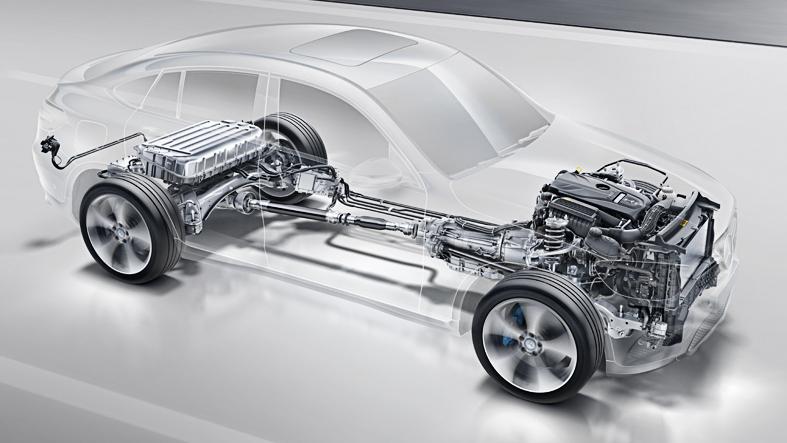All Wheel Drive: Advantages of an AWD System

What is All Wheel Drive?
An all-wheel drive (AWD) vehicle is one that has a powertrain capable of providing torque to all of its wheels, whether full-time or part-time. An AWD system provides improved traction in slippery and poor weather conditions compared to a two-wheel drive or rear-wheel drive vehicle. It allows power to be distributed to all wheels simultaneously for better control and handling.
Drivetrain Configurations
There are a few different configurations for AWD systems. One is the part-time system that can be switched between two-wheel drive and all-wheel drive modes. The most common is the full-time AWD that constantly sends power to all four wheels. There are also advanced systems that have varying power distribution depending on conditions like weather or terrain.
Traction and Control
One of the biggest advantages of an All Wheel Drive system is the enhanced traction it provides. Having power distributed to all four wheels means that at least one wheel will likely have grip in low traction situations like snow, ice, mud or loose surfaces. This greatly improves acceleration from a stop and the ability to maintain control on slippery roads. The even power distribution also allows precise control when cornering on surfaces with less traction.
Safety Features
By improving traction through an AWD drivetrain, braking distances are shortened significantly in emergency stopping situations carried out on low traction surfaces. Some advanced AWD systems also integrate safety features like stability control that work to avoid skids and fishtails during abrupt maneuvers. The even torque distribution also provides greater directional stability at high speeds on wet or slippery roads compared to two-wheel drive vehicles.
Performance Benefits
While not quite at the level of dedicated sports cars, an AWD configured vehicle does offer better acceleration capability than a rear-wheel drive only car. The additional grip allows more torque to be put down from a standing start or when already in motion. Power can also be varied to the wheels with most traction for quicker launches. Many high-performance AWD systems are also able to deliver powerslides and drifts in a more controllable manner than rear-wheel drive.
Off-Road Ability
For vehicles meant for light off-road use, an all wheel drive system is massively beneficial over rear-wheel configurations. Having drive sent to all four wheels means better traction over rough, uneven and slippery terrain. It allows climbing steeper hills and traversing surfaces that may stall out two-wheel drive vehicles. Advanced AWD drivetrains integrate low-range gearing and other off-road specific features for serious wheels. This expands the range of surfaces and conditions a vehicle can operate in for recreational or work purposes.
Get more insights on All Wheel Drive
Also read related article on All Wheel Drive
- Art
- Causes
- Crafts
- Dance
- Drinks
- Film
- Fitness
- Food
- Juegos
- Gardening
- Health
- Home
- Literature
- Music
- Networking
- Other
- Party
- Religion
- Shopping
- Sports
- Theater
- Wellness
- IT, Cloud, Software and Technology


